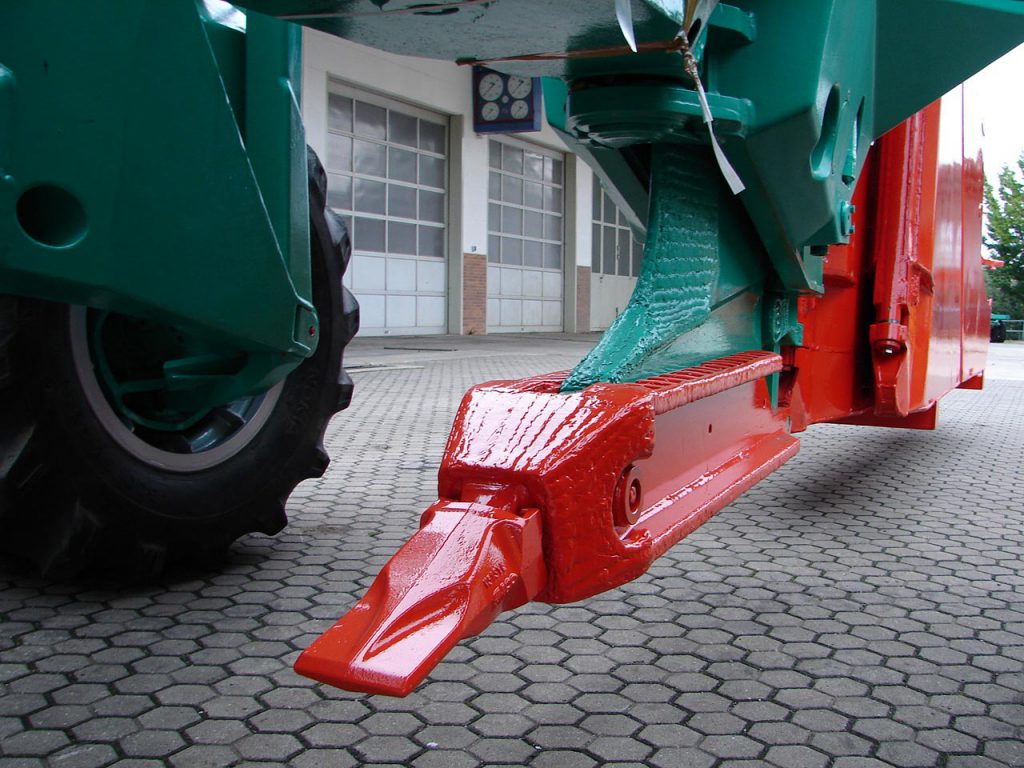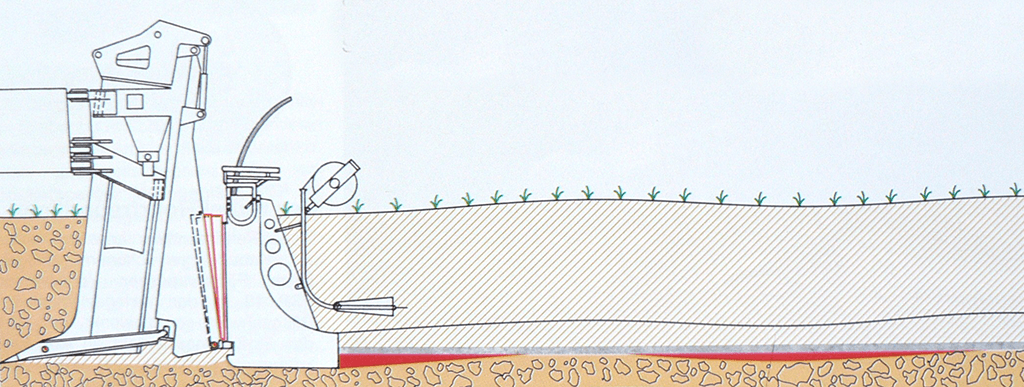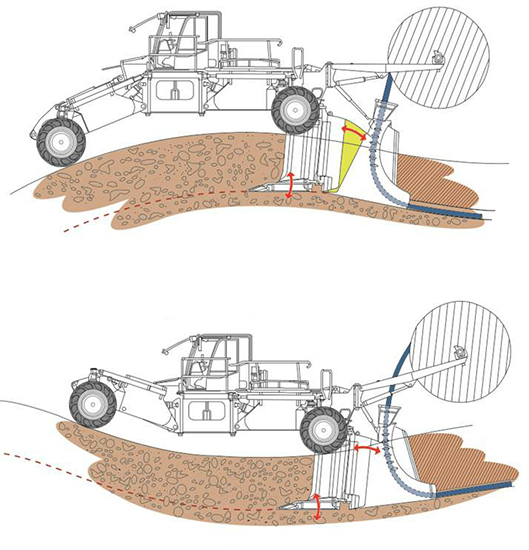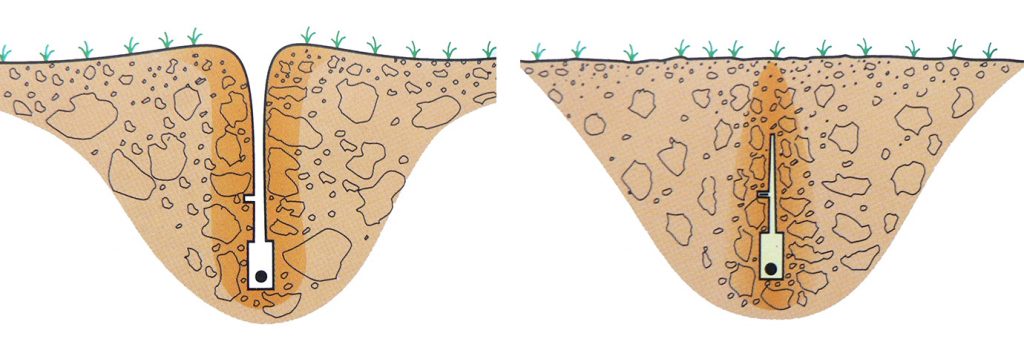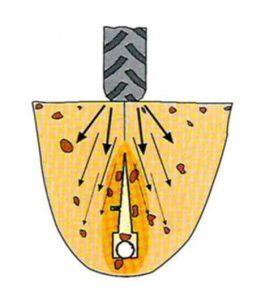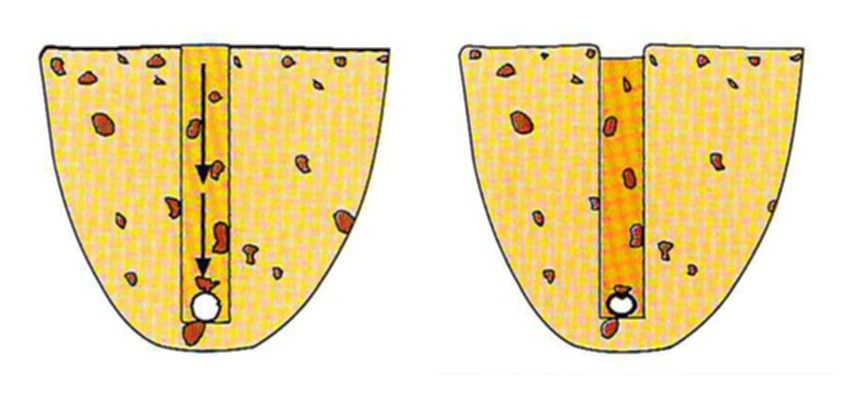How it Works
The mobile winch is the workhorse and key to the success of the plowing operation. Up to 380 tons of pulling forces are required to move the plow through the ground when installing cables or pipes to depths of up to 2.5 metres, in ground conditions ranging from sand to medium rock.

